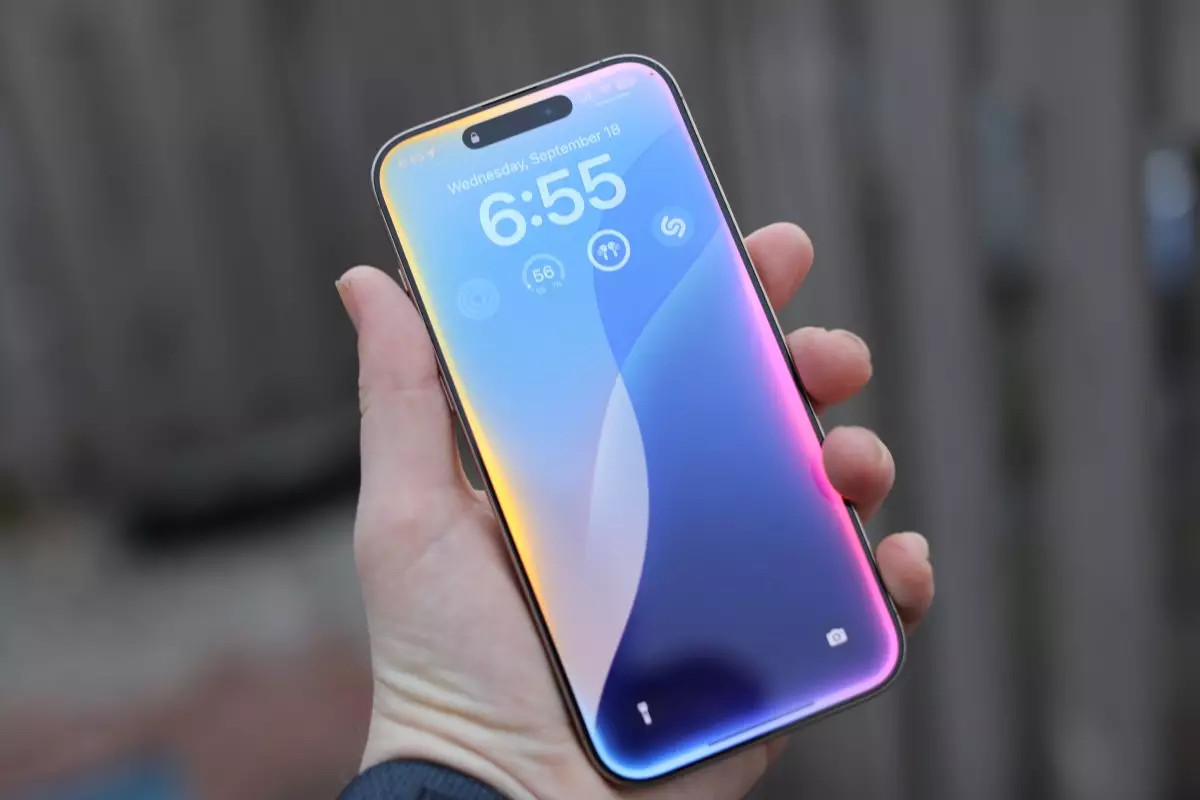This year’s Worldwide Developers Conference (WWDC 25) was steeped in excitement as Apple unveiled an array of updates to its operating systems and software. Among the highlights was the introduction of the “Liquid Glass” aesthetic, which reflects Apple’s continuous dedication to design innovation. However, the event was marked by an unexpected absence: significant updates regarding Siri, Apple’s virtual assistant, were notably scarce. The brief mention by Craig Federighi, Apple’s SVP of Software Engineering, left many pondering the fate of this much-anticipated upgrade.
An Unfolding Narrative for Siri
Originally teased at WWDC 24, the expectation surrounding a more personalized Siri had been building steadily. The promise of a virtual assistant with the ability to understand personal contexts—like relationships and everyday routines—was heralded as a monumental stride for Apple, marking what they described as the “next big step.” Yet, almost a year later, Siri remains mired in development challenges. Federighi’s vague comments hinted at a timeline stretching into 2026, which in the fast-paced realm of artificial intelligence could be perceived as an eon.
The delay is particularly striking in light of the competitive AI landscape. As companies such as OpenAI and Google rapidly advance their capabilities, the need for Apple to step up its game is paramount. Siri’s recent comparisons to these rivals reveal a sobering truth: the competition is outpacing Apple in pivotal areas, causing ripples of concern among investors.
The Stumble and the Strategic Pivot
Reports have surfaced suggesting that the ambitious plans for a smarter Siri have fallen short during testing phases, with functionality issues plaguing the assistant. The frequency of Siri’s effective responses proving only two-thirds satisfactory brands the overhauled assistant as less viable for immediate release. The troubling quality control metrics may have been the catalyst for Apple to recently reassign key personnel on the project, with John Giannandrea stepping down in favor of Mike Rockwell—fresh off the Vision Pro initiative. This strategic shift indicates a critical response to the perceived shortcomings of Siri, where Apple recognized the need for urgent reorganization in pursuit of excellence.
The Collaboration with OpenAI: A Sign of Hope?
In the interim, the partnership with OpenAI represents Apple’s grasp at innovation correction. By directing questions Siri cannot handle to ChatGPT, Apple is not only leveraging advanced AI capabilities but subtly acknowledging its current limitations. This collaboration may ultimately result in a dual-approach strategy, combining the reliability of ChatGPT with future enhancements for Siri. Nevertheless, this raises questions about Apple’s long-term strategy; will they develop an equal or superior AI system, or will they rely on partnerships to remain relevant in an evolving market?
As Apple navigates this crucial juncture, the anticipation remains palpable. Industry experts and fervent Apple users alike eye the landscape, waiting to see if Siri will emerge from its developmental hurdles into a truly game-changing virtual assistant. The path ahead is fraught with uncertainty, but one thing is clear: for Apple, the quest to revitalize Siri is not just about launching a product—it’s about reclaiming a competitive edge in the AI realm.

